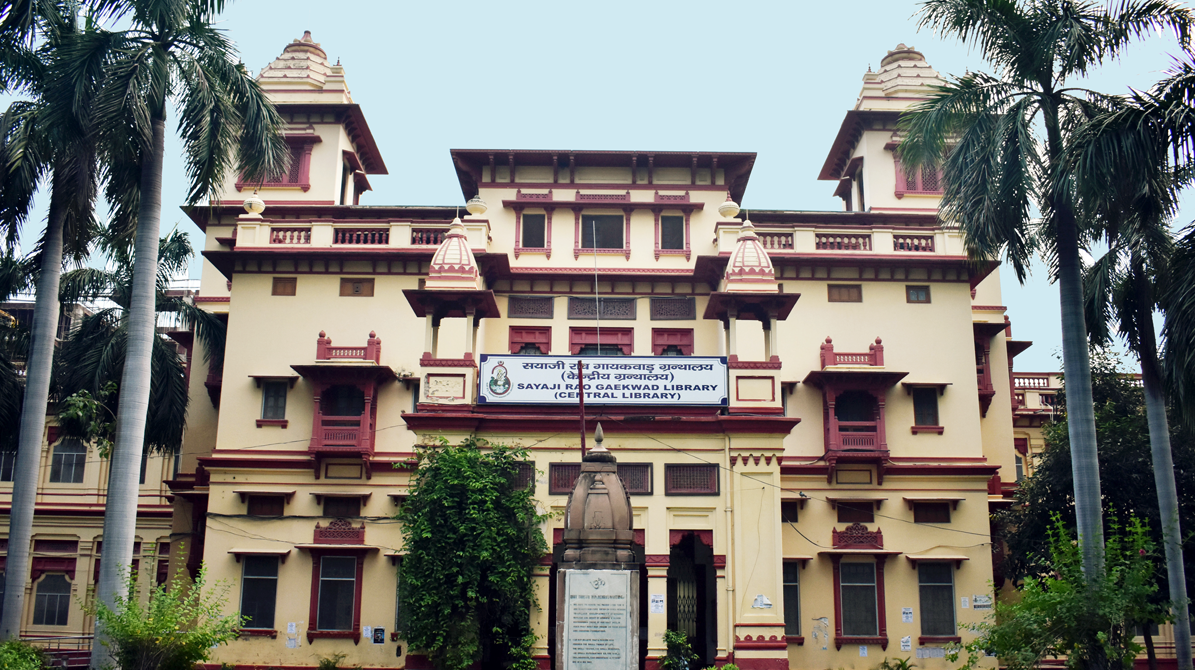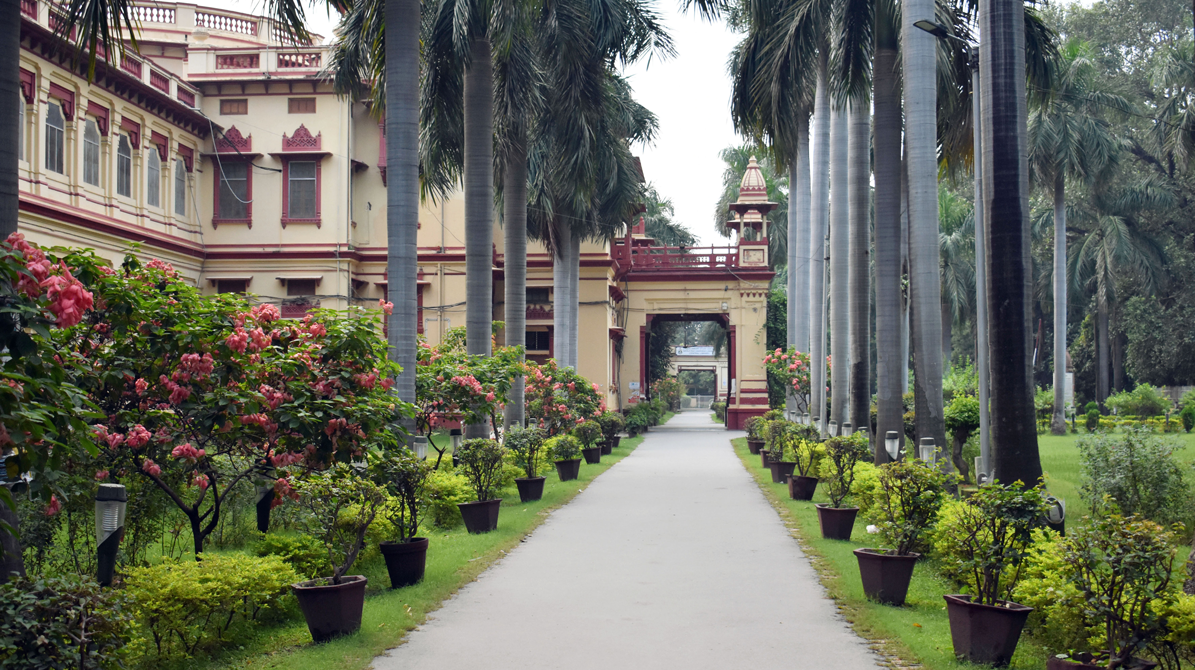



Communities
Select a community to browse its collections.
- This community brings together the scholarly publications of various departments at Banaras Hindu University (BHU), offering a platform to explore and access the academic and research contributions from each department.
- This community showcases the Project reports submitted by researchers at Banaras Hindu University (BHU), offering a subject-wise compilation of research projects and their outcomes across various disciplines.
- This community showcases the academic contributions of faculty and researchers at Banaras Hindu University (BHU) and provides a year-wise compilation of publications across disciplines.
Recent Submissions
Hindi sahitya- chhayawadi kavita
(2024-04-04) Ed. Singh, Shiv Karan
Hindi ke vikash me apbhransh ka yog
(2024-04-04) Singh, Namvar
Premchand aur bharatiya kisan
(2024-04-04) Rambakchh
Tulasi sahitya ka saundarya shastriya adhyayan
(2024-04-04) Srivastava, Mohan Lal
Tulasi sarvekshan
(2024-04-04) Mishra, Ramprasad
